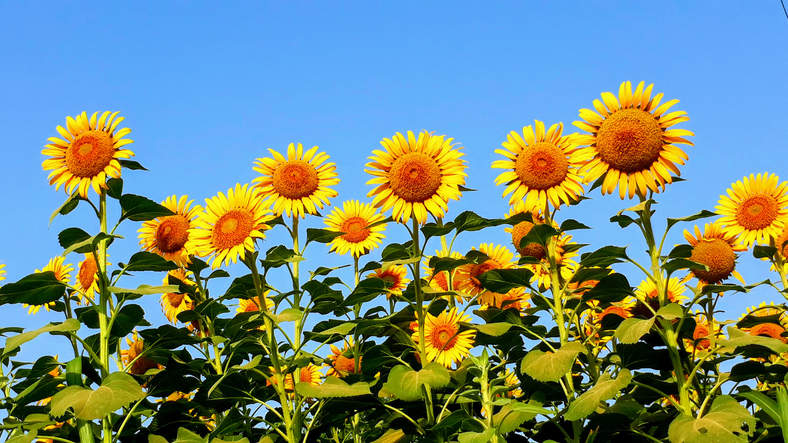Sunflowers, long admired for their striking golden petals and towering height, are gaining renewed recognition not just for their beauty, but for their growing importance in agriculture, nutrition, and environmental sustainability. Native to North America, sunflowers have been cultivated for thousands of years, and today they are celebrated as much for their utility as for their vibrant appearance.
Traditionally associated with positivity and admiration, sunflowers are now being acknowledged as essential contributors to global ecological and agricultural systems. One of their most remarkable traits is heliotropism, the ability of young flower heads to follow the sun’s path across the sky. Mature heads typically face east, optimizing exposure to morning sunlight. Each flower’s central disk is composed of hundreds to thousands of tiny florets, each capable of developing into a seed, while the surrounding yellow petals serve to attract pollinators like bees and butterflies.
Easy to cultivate and tolerant of drought, sunflowers thrive in full sunlight and well-drained soils, making them a favored crop among farmers and gardeners. The seeds are harvested for various uses. Sunflower oil, known for its light flavor and health benefits, is a popular cooking oil rich in healthy fats, protein, and nutrients. The seeds are consumed directly as snacks or used in bird feed, while the remaining meal from oil extraction serves as a protein-rich livestock feed.
Beyond the kitchen and the farm, sunflowers are increasingly important in sustainable energy research, with sunflower oil being explored for its potential in biodiesel production. Environmentally, the plant plays a key role in soil improvement through its deep root system and has shown promise in phytoremediation, the process of extracting toxic substances from polluted soil. Additionally, sunflowers help sustain pollinator populations, supporting biodiversity and ecosystem health.










